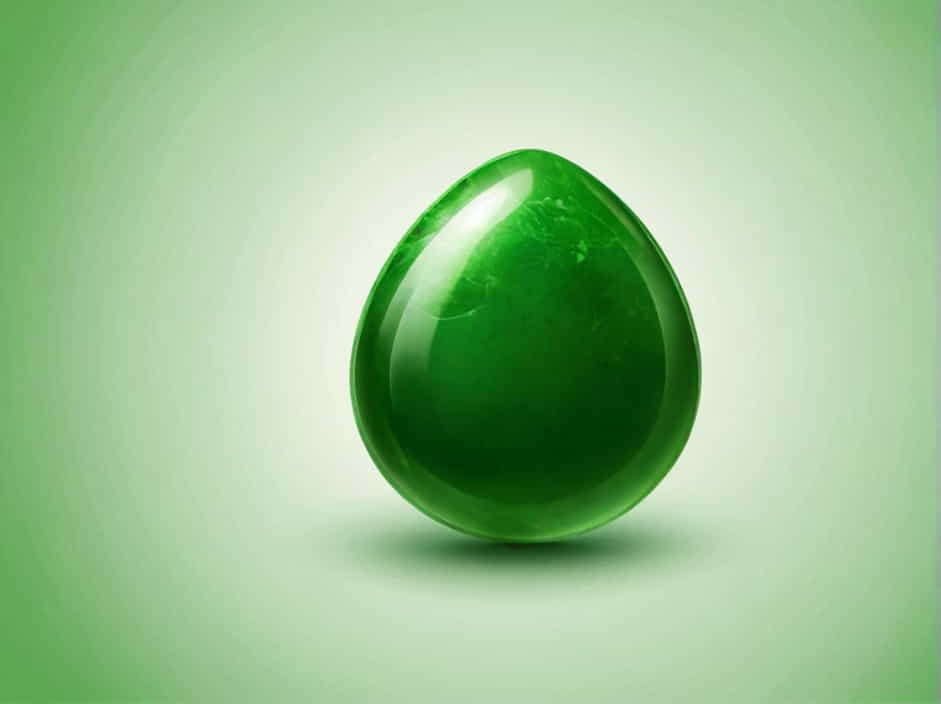Nephrite jade, a cherished gemstone with deep cultural significance, has been valued for centuries. Its pricing varies widely, influenced by factors such as quality, color, origin, and market demand. This topic delves into the determinants of nephrite jade’s price per kilogram, offering insights for enthusiasts and investors alike.
What is Nephrite Jade?
Nephrite is one of the two minerals commonly known as jade, the other being jadeite. Composed mainly of calcium, magnesium, and iron-rich amphibole minerals, nephrite is renowned for its toughness and smooth texture. It typically appears in shades of green, white, brown, and black, with green being the most sought-after color.
Factors Influencing Nephrite Jade Prices
Several key factors impact the value of nephrite jade:
1. Quality and Grade
-
Color and Transparency: Vibrant, uniform colors with high translucency are more valuable. For instance, "mutton fat white" nephrite, a translucent white variety, has fetched prices up to $100,000 per kilogram.
-
Texture and Clarity: A fine, smooth texture with minimal inclusions or blemishes enhances value. Stones free from cracks or impurities are preferred.
2. Origin
The source of nephrite jade significantly affects its price:
-
British Columbia, Canada: Supplies approximately 75% of the global nephrite market, estimated at 1,200 tonnes annually. Prices here range from under $10 to over $1,500 per kilogram, depending on quality.
-
China: High-quality white nephrite from certain provinces sells between $1,250 and $5,000 per kilogram.
3. Market Demand
Cultural significance, especially in Asian countries, drives demand. In regions where jade holds historical and cultural importance, higher demand can elevate prices.
4. Processing and Craftsmanship
Raw nephrite jade’s value increases with skilled craftsmanship. Artfully carved pieces or those transformed into jewelry command higher prices due to the added labor and artistry.
Price Ranges of Nephrite Jade
Understanding the broad spectrum of nephrite jade prices is crucial:
-
Low-Quality Nephrite: Often used for mass-produced items, prices can be as low as $10 per kilogram.
-
Mid-Quality Nephrite: Suitable for jewelry and decorative items, prices typically range from $100 to $1,000 per kilogram.
-
High-Quality Nephrite: Exceptional pieces with rare colors and high translucency can command prices from $1,000 to over $5,000 per kilogram.
Notable Varieties and Their Pricing
-
Mutton Fat White Nephrite: This rare, translucent white variety is highly prized, with prices reaching up to $100,000 per kilogram.
-
Green Nephrite: The most common color, with prices varying widely based on quality and origin.
Purchasing Nephrite Jade
When considering a nephrite jade purchase:
-
Assess Quality: Examine color, translucency, texture, and the presence of any inclusions or cracks.
-
Verify Authenticity: Due to market prevalence of imitations, ensure authenticity through reputable dealers or certification.
-
Consider Origin: Be aware of the jade’s source, as it can influence both quality and price.
-
Understand Market Trends: Stay informed about current market demands and pricing trends to make educated purchasing decisions.
Nephrite jade’s price per kilogram is influenced by a myriad of factors, including quality, origin, and market demand. Whether you’re an investor, collector, or enthusiast, understanding these elements is essential for making informed decisions in the nephrite jade market. As with any gemstone, thorough research and consultation with experts can guide you toward acquiring pieces that align with both your aesthetic preferences and investment goals.
